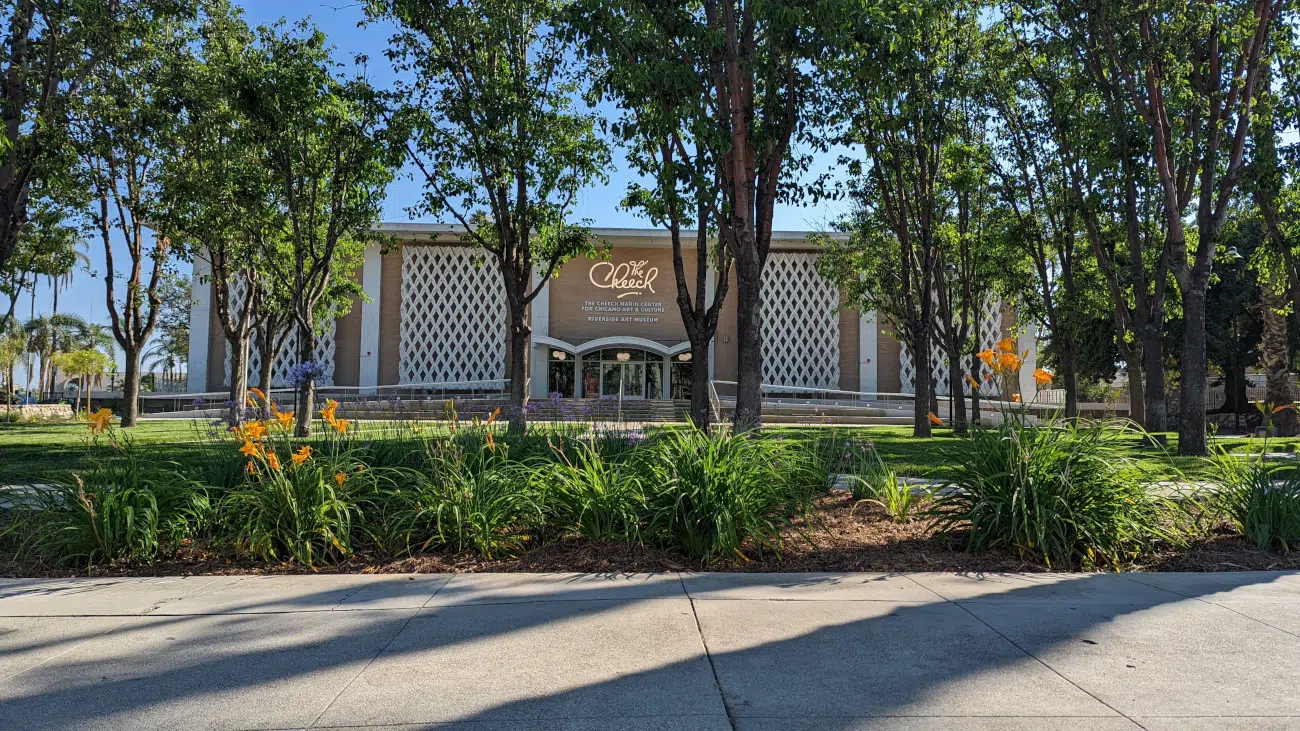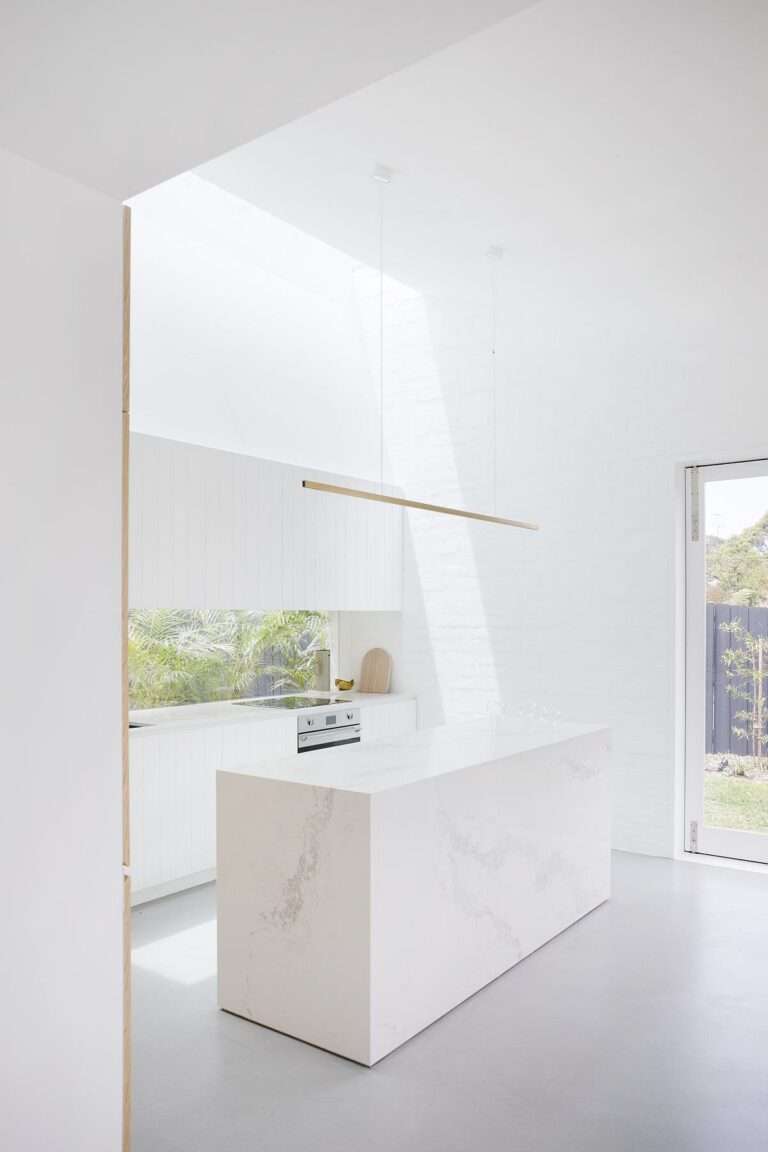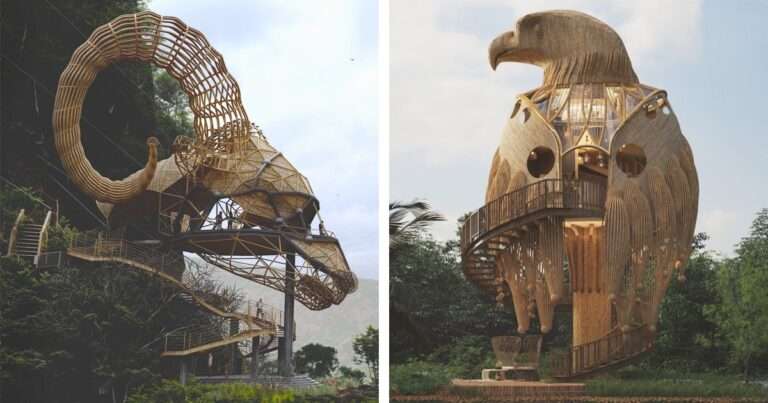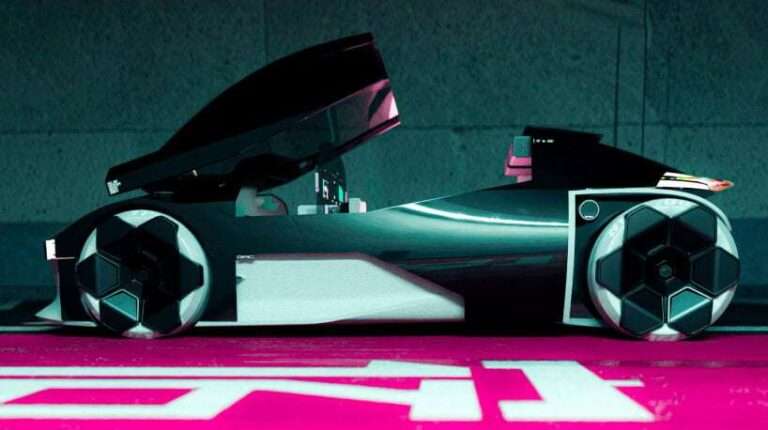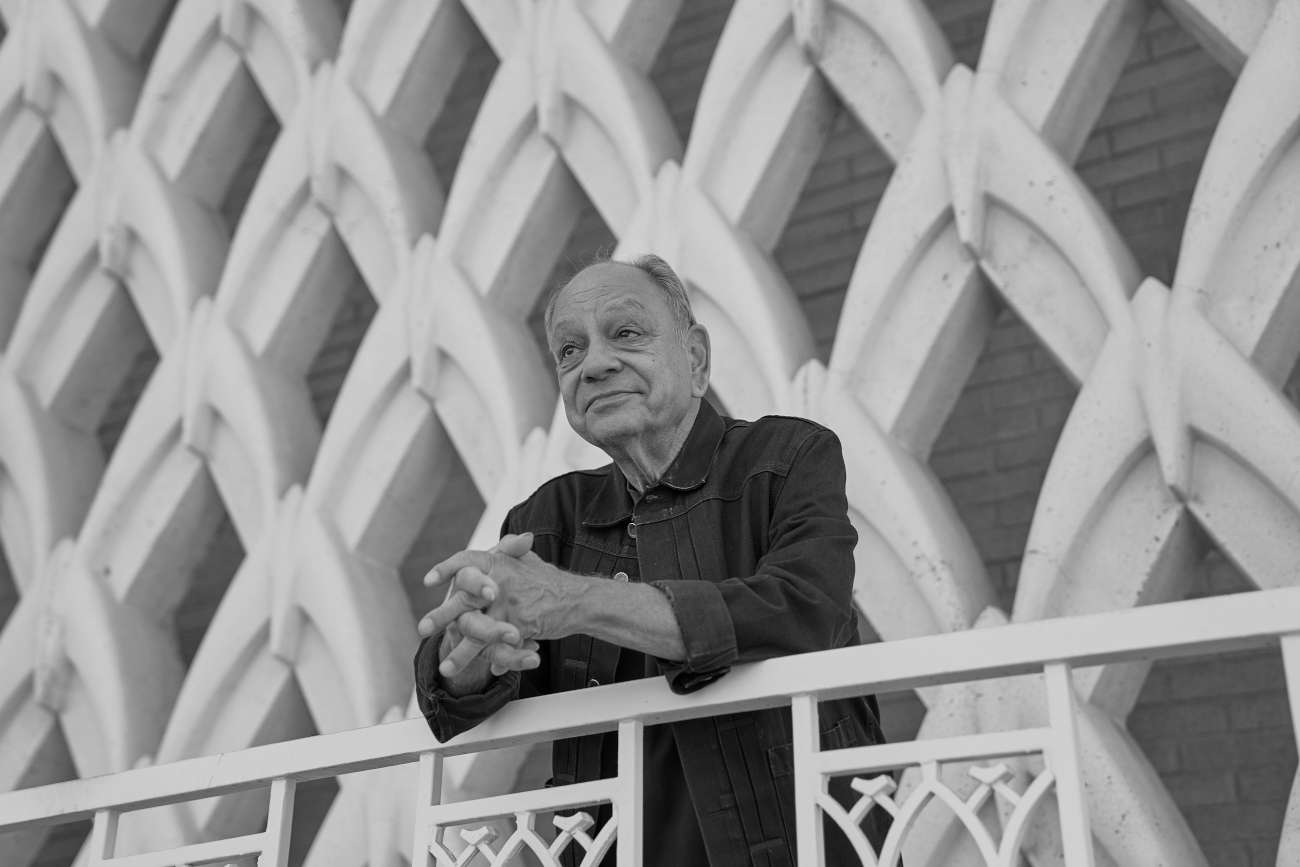

Photo: David Fouts
For most people, Cheech Marin is known as part of the comedic duo Cheech & Chong, who were at the peak of their fame in the 70s and 80s. But for the art world, Marin has long been one of the greatest patrons of Chicano art. This artistic movement has its roots in the plight of Mexican Americans in American society, taking a stand against racism, oppression, and class disparity. This inspired Marin, born in LA to Mexican parents, to support and boost his fellow Mexican American creatives. He has since then acquired the most renowned Chicano art collection in the world, all built from a thorough understanding of and admiration for its artists.
Having previously lent his collection to museums around the country, Marin donated 550 paintings, sculptures, and other artworks to the Riverside Art Museum. In 2022, this led to the creation of the The Cheech Marin Center for Chicano Art & Culture, located in the museum’s former library building from the 1960s.
The Cheech, as it is known, is now considered one of the largest permanent collection of Mexican-American Art in the United States. The institution also welcomes temporary exhibits, with the latest being the recently opened Soy de Tejas: A Statewide Survey of Latinx Art, featuring the work of 40 creators born or based in Texas.
“Being a Chicano has always meant being in the middle—being an American but also being proud of your roots,” Marin said back when the museum opened its doors. “Everybody is different, and we all have to learn to get along. Being a Chicano means forging your own path.” The comedian also elaborated on how Chicano art can be political or non-political, personal or universal, but it always reveals “the sabor (flavor) of the community.”
We had the honor of speaking with Marin about his start as a collector, his favorite creatives, and what he hopes people take away from this art movement. Read on for My Modern Met’s interview with Cheech Marin.
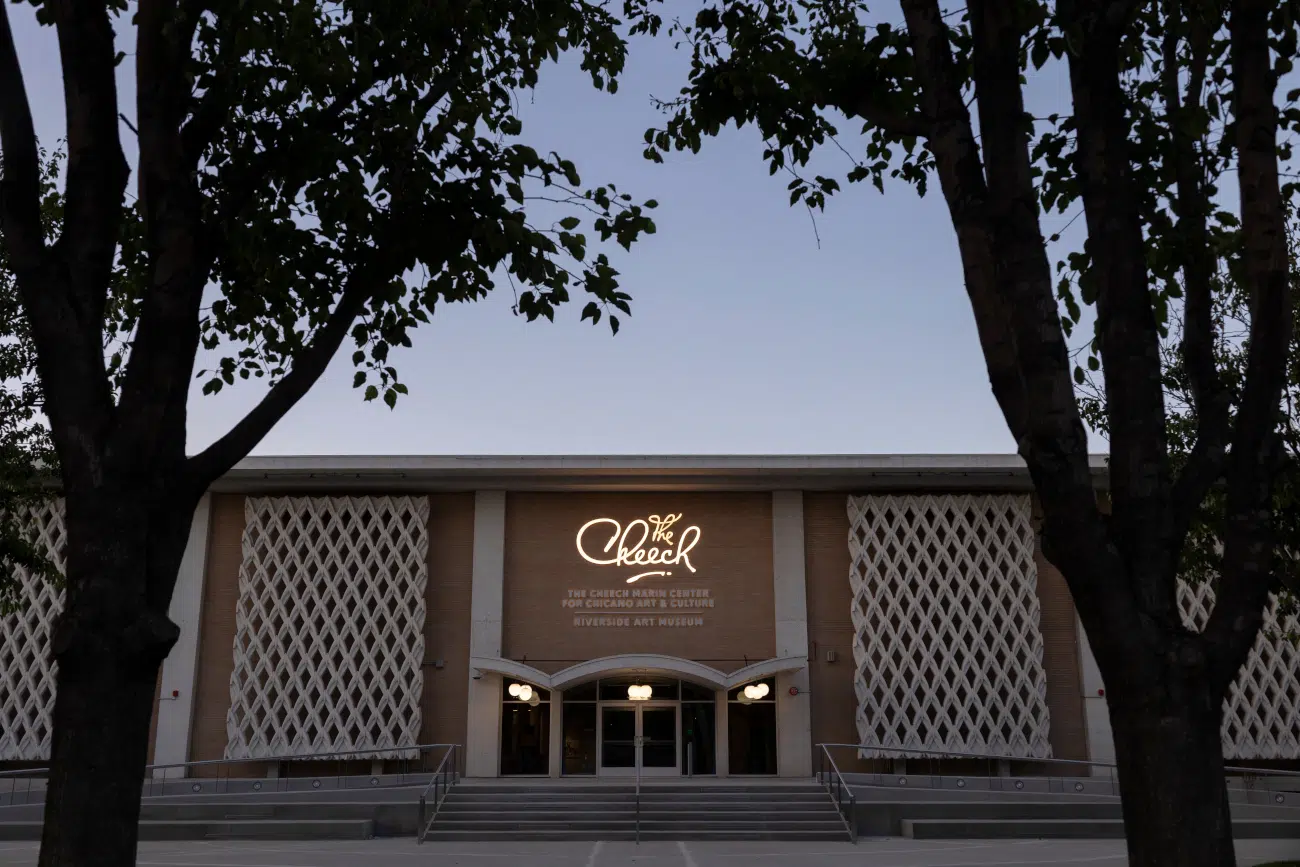

What were your origins as a collector?
I’ve been a collector all my life. As a kid, I started with marbles, baseball cards, buttons, stamps—you name it. I had this mania for collecting. My cousins and I were curious kids, and we’d assign each other subjects to learn. My assignment was art, so I went to the library and soaked up everything I could. Later, when I started traveling, I collected art nouveau and Art Deco pieces until they got too pricey. That’s when I came across Chicano artists—amazing talents who weren’t expensive… yet. That’s when my focus really started to shift.
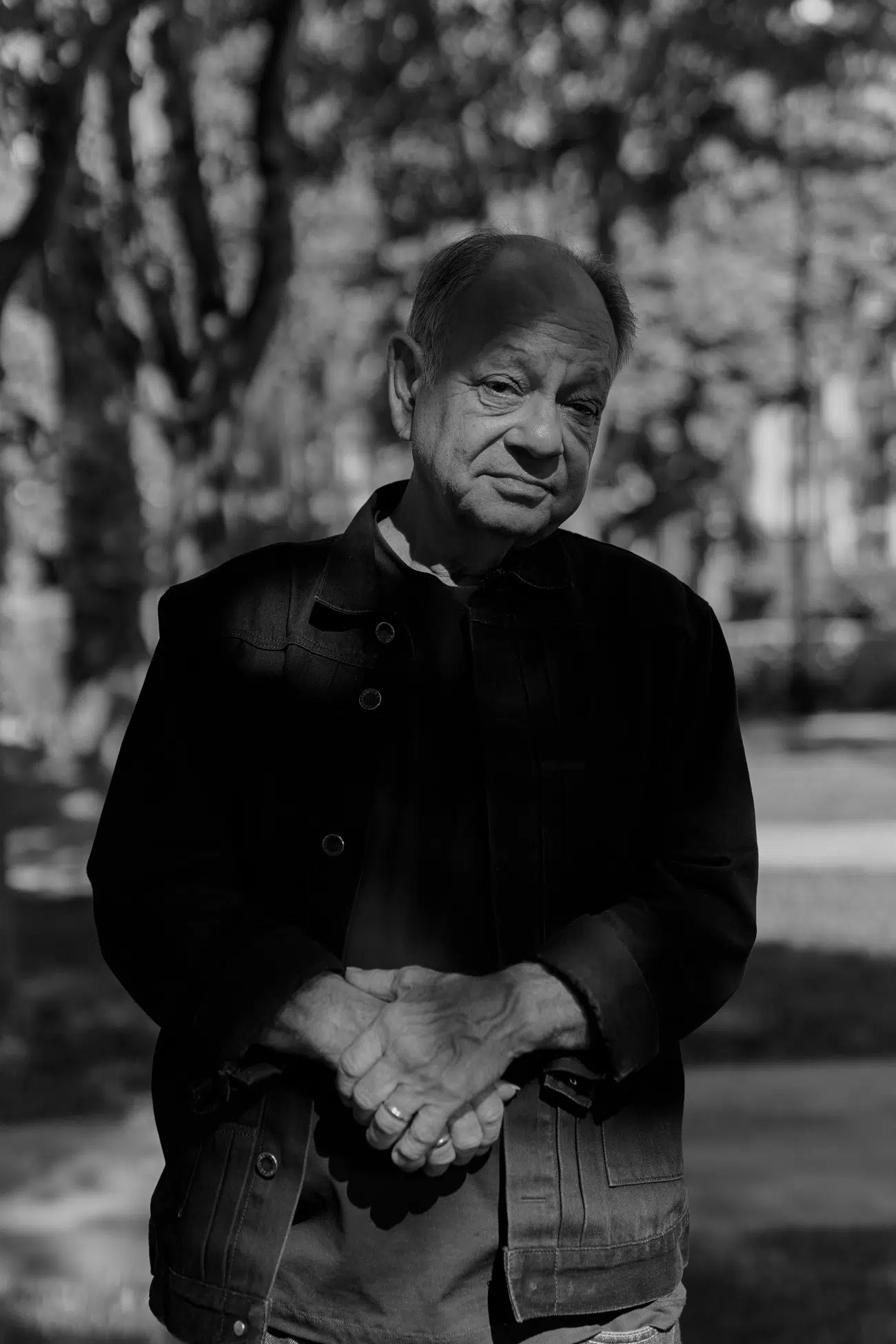

Photo: David Fouts
What drew you into collecting Chicano art?
When I discovered Chicano artists, I immediately recognized the quality and originality of their work. Here were artists who had been largely ignored by the mainstream art world, yet they were producing work that was every bit as accomplished—and often more daring—than what I was seeing in established galleries. For me, it was both personal and cultural. These artists were telling our stories, reflecting our communities, and expanding what American art could be.
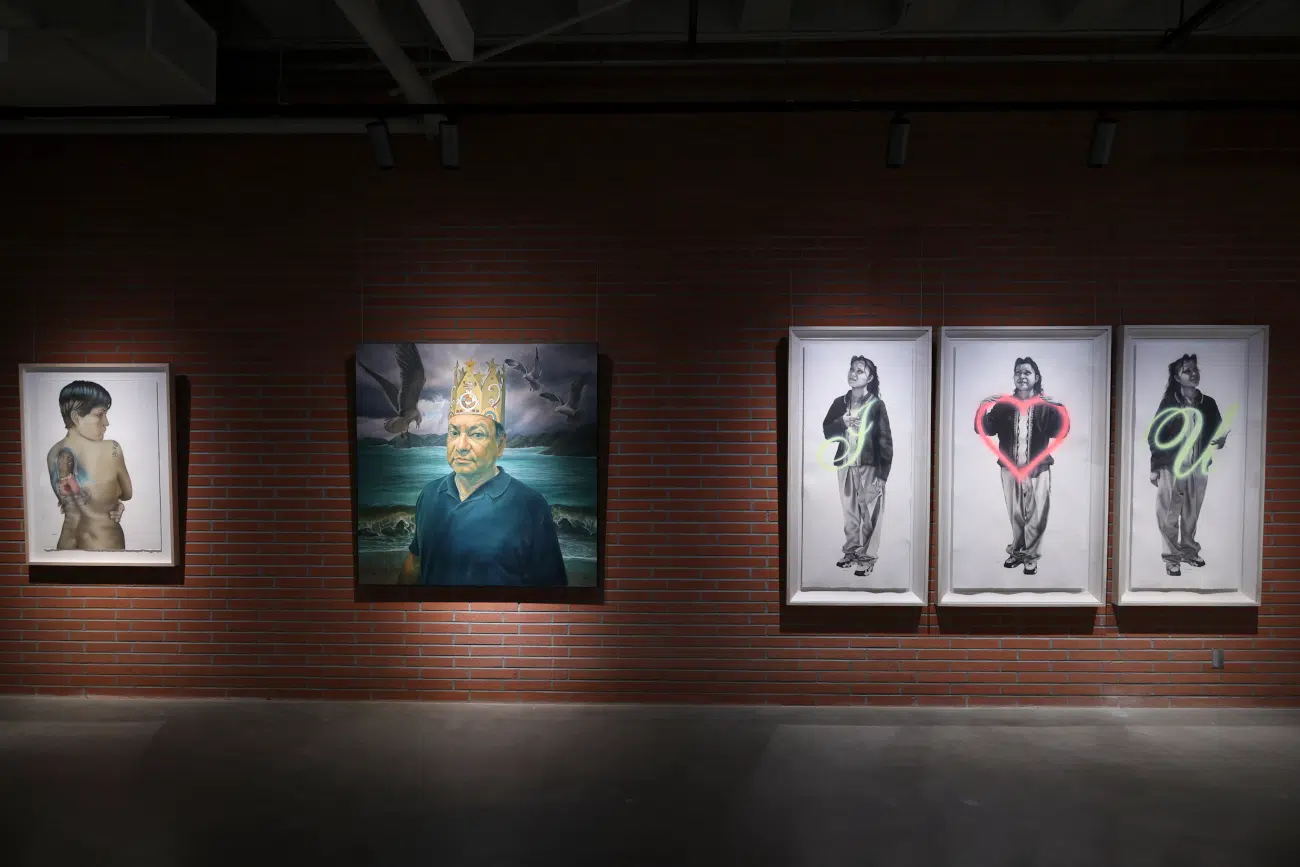

Who are some of your favorite creators of Chicano art?
That’s always the toughest question. I have about a hundred favorites, depending on the day you ask me. Each artist brings something unique—a vision, a technique, a voice. What excites me is the depth of talent across the field: painters like John Valadez and Patssi Valdez, visionaries like Judithe Hernández and Carlos Almaraz, sculptors, photographers, muralists—the list goes on. What I love most is that every artist has their own way of reflecting and shaping the culture.
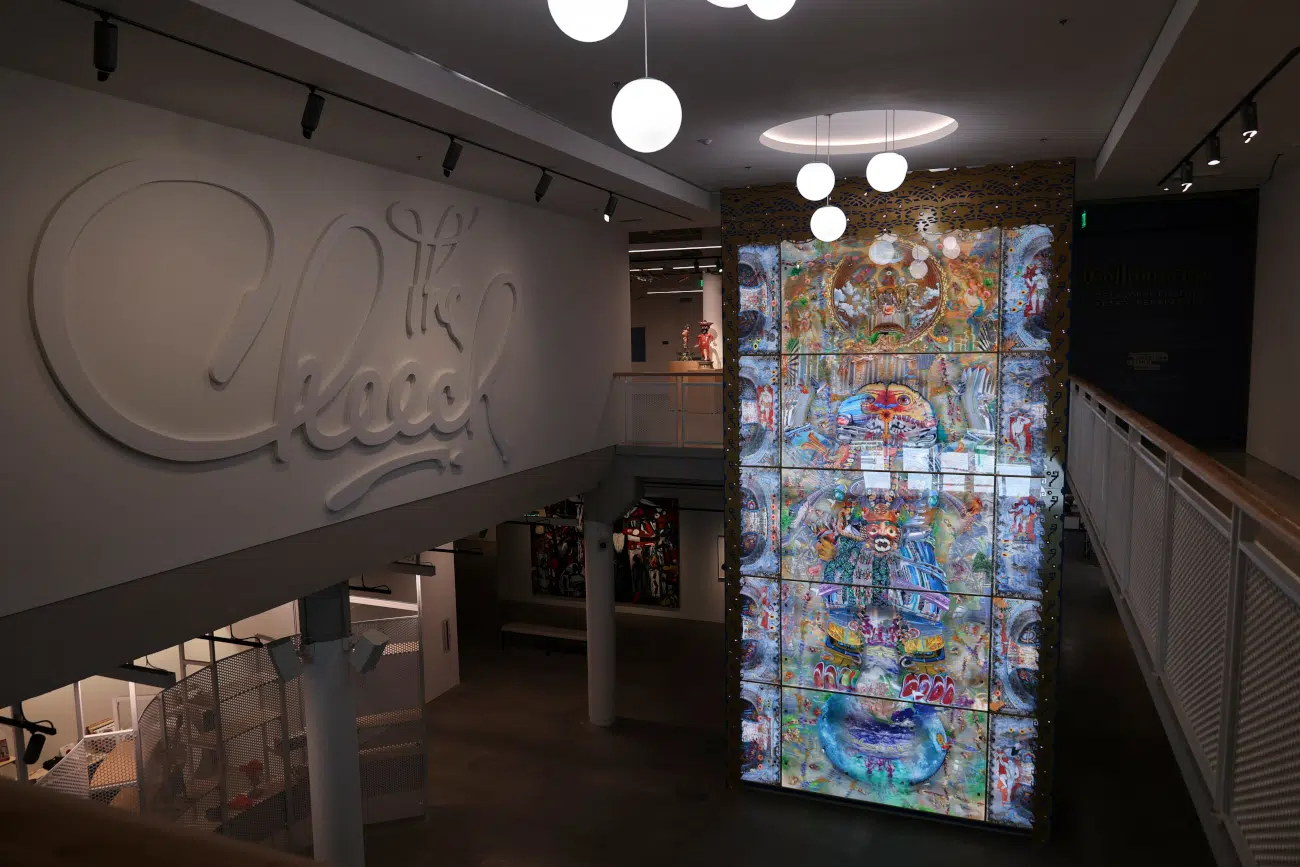

What do you like the most about Chicano art?
Chicano art is a perspective that has been overlooked in the art world for far too long. It’s rooted in community, history, and activism, but at its core, it’s simply great art. The creativity is boundless: painting, film, writing, sculpture, photography. It’s not just political—it’s poetic, humorous, deeply human. And because it’s so connected to lived experience, it resonates with people in a very direct way.
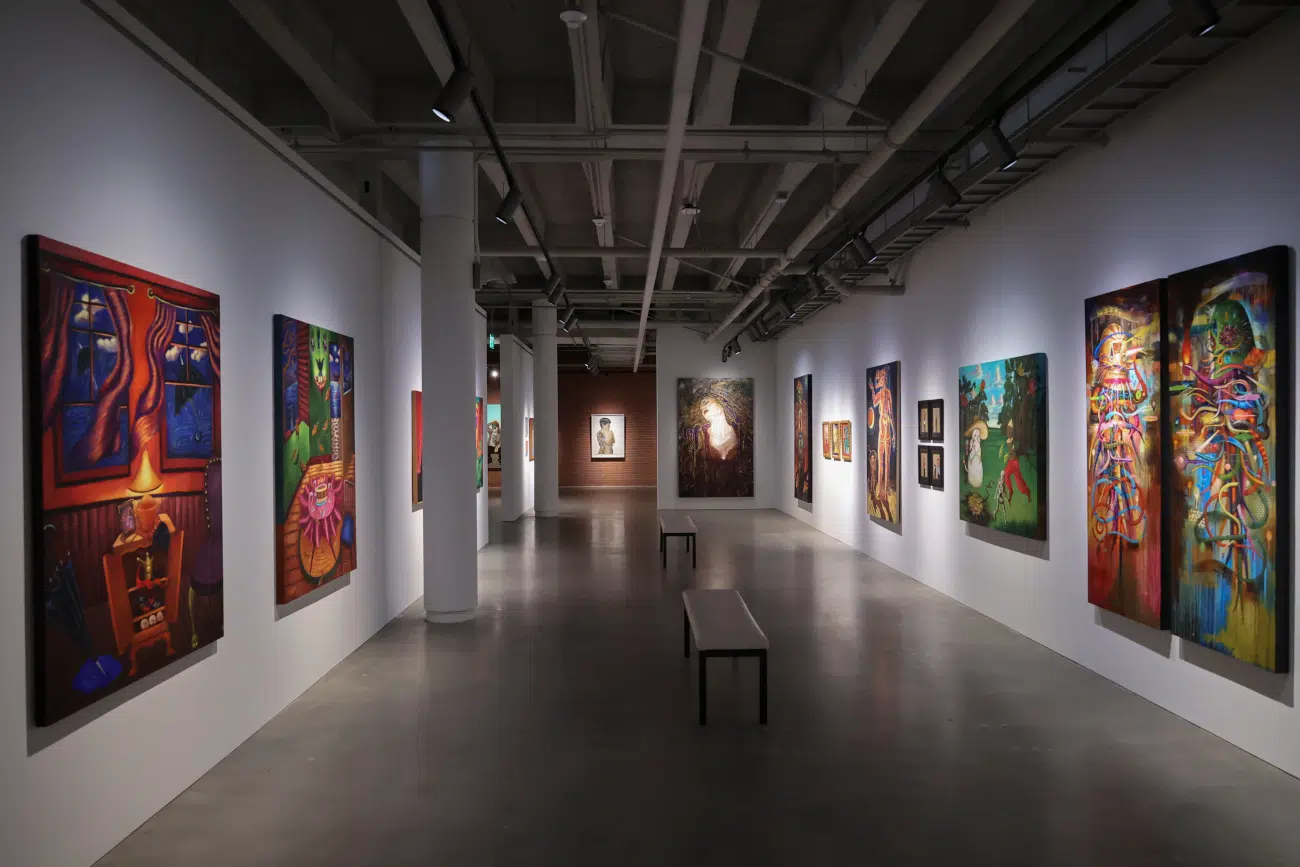

Is there an artwork that you consider your favorite or to which you have a particular attachment?
That’s like asking me to pick my favorite child. Each piece has meaning for me, and each one tells part of the story. Some days, I might say Valadez’s Getting Them Out of the Car; other days, I could point to dozens of others. The truth is, every artwork I’ve collected is dear to me, and together, they show the richness of Chicano creativity.
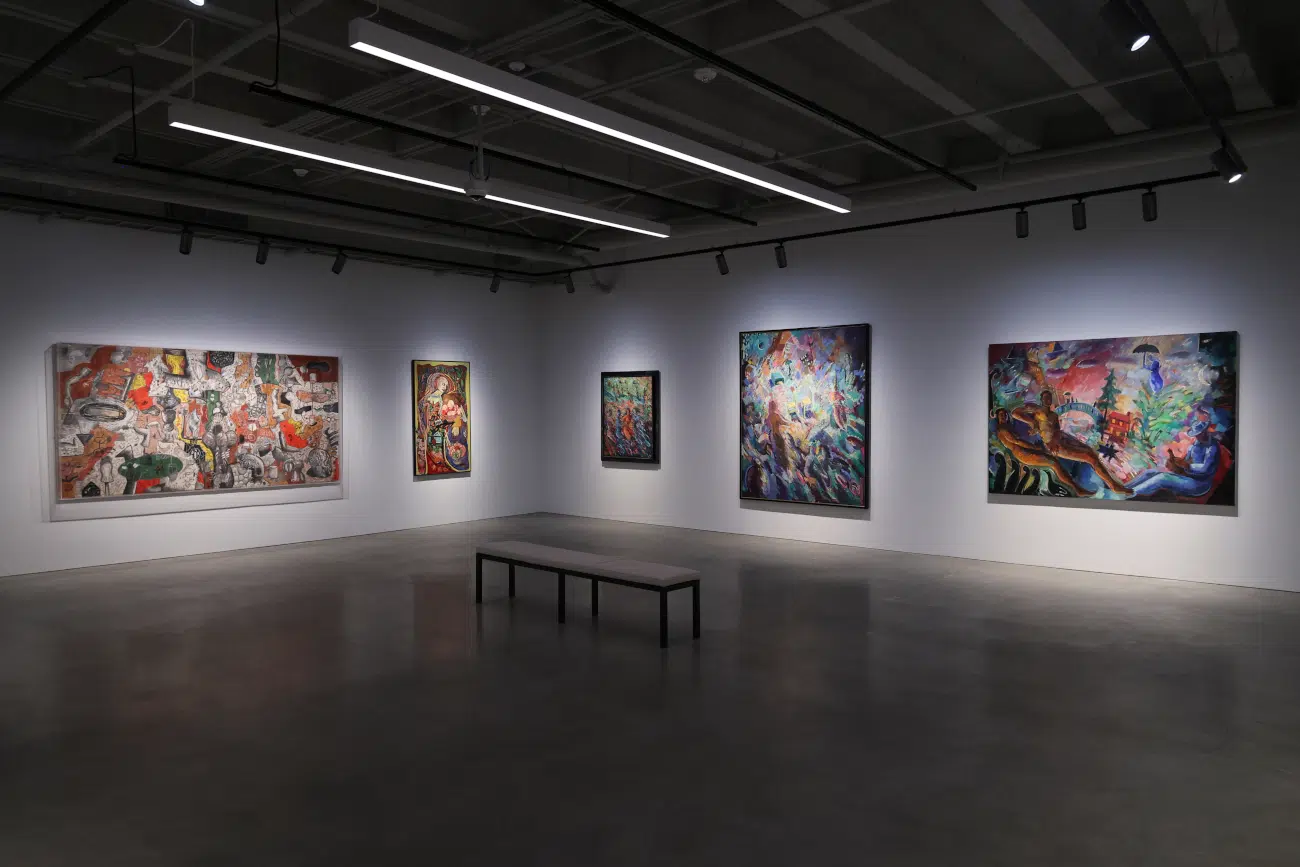

What do you hope people take away from The Cheech and your collection?
I hope they come away understanding that Chicano art is American art. That it belongs in the canon alongside all the other great movements. At The Cheech, you can see the breadth and depth of this creativity in one place—no need to wait for a traveling show. My wish is that visitors feel enlightened, inspired, and proud. And if they keep coming back—bringing friends and family each time—they’ll see that this art is not only important, it’s joyful and transformative.
